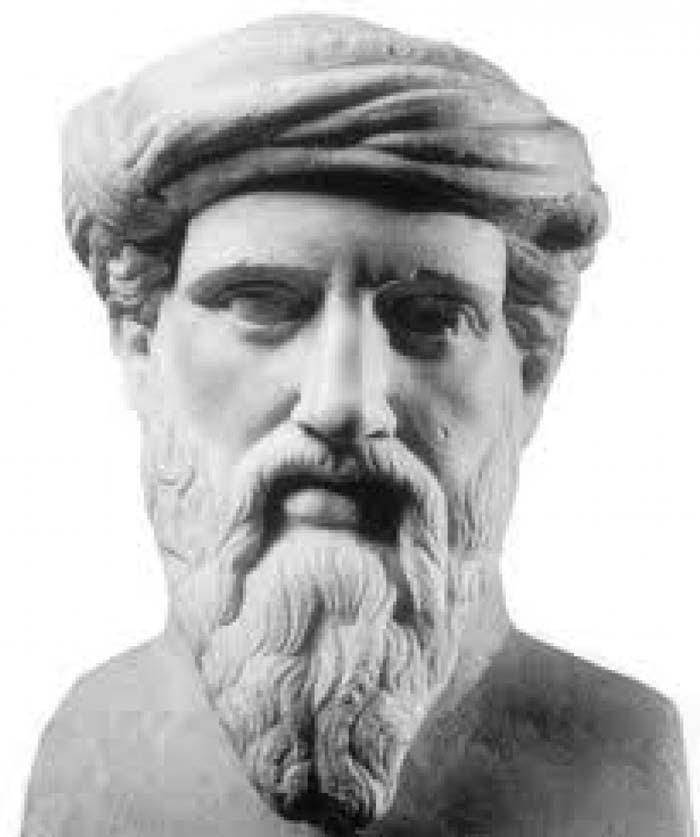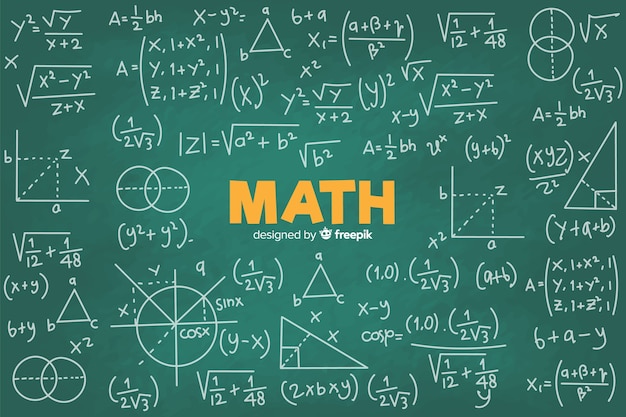This week I will be discussing the topics of fractions and integers. In both cases some
effective techniques for teaching them are through:
effective techniques for teaching them are through:
- Problem Solving
- Children’s Books
- Games
One game resource that I wanted to focus upon was one of my favourites growing up and made me somewhat enjoy math class. It is called Math Circus and contains various games within it based on different subjects. Some games are also based on strategy and critical thinking skills. I would think that many fellow teacher candidates also played this growing up. There are many difficulties for each particular game that you can play and progress can be saved. One game in particular on Math Circus that would be great for this week’s subject is balancing brothers. The user must place the people on an integer line making sure that both sides are equal, ensuring that the line does not tip to one side.
This is the game, Balancing Brothers as mentioned above.
For teachers using problem solving in the classroom there are some important guidelines to remember. First, start with a problem and then facilitate:
- Share strategies
- Explain reasoning
- Adapt their thoughts
- Search for meaning
- Identify, discuss patterns and a range of solutions
Once again, it is important for teachers to highlight for students that a range of solutions can be used and that there is more than one way to get to a correct answer. For teaching fractions and integers as well, it is encouraged to use manipulatives, in order to give students a visual representation of fractions.
I also wanted to discuss an activity for both fractions and integers that I think would be great to use in the classroom.
For fractions, using a Hershey chocolate bar to represent them I think is a ‘sweet’ idea that students would enjoy. After all, who does not like chocolate? You could also get a cookies and crème bar to contrast with a milk chocolate one and get students to use them to add fractions or compare them.
For integers, I really enjoyed an activity that was presented by a colleague in class. It was entitled, ‘Mountain Climbers’ and got students to roll a dice and spin a wheel to see the number they got and whether it was positive or negative. The number they got would then see them go up or down the mountain based on positive or negative. The activity was done in pairs and there was a sense of competition even though the numbers you got were completely random. The activity gave a good sense of adding or subtracting integers.

As an avid golfer this another activity that I liked and that students can take part in collaboratively. Does a very good job of teaching integers in a real world context. Golf is a great game full of principles and etiquette that you can also teach your students about.
When teaching these subjects and math in general, it is important to use activities that are engaging, multi-faceted, and enjoyable for students. Hands-on, visual, collaborative activities are encouraged and provide students with a good foundation to learn math. I believe some of the games and activities mentioned above would be fantastic for teaching fractions and integers to students.



